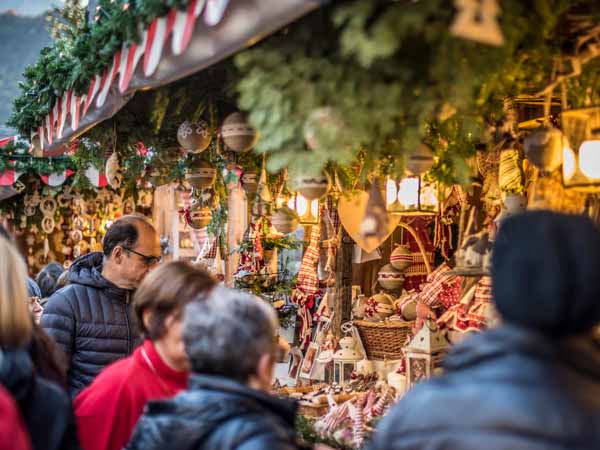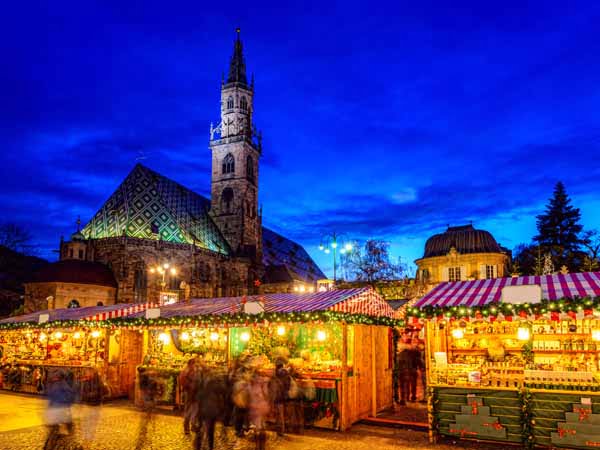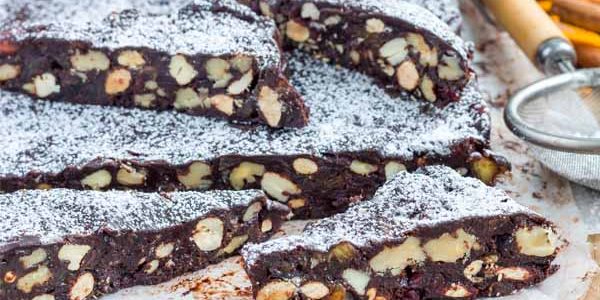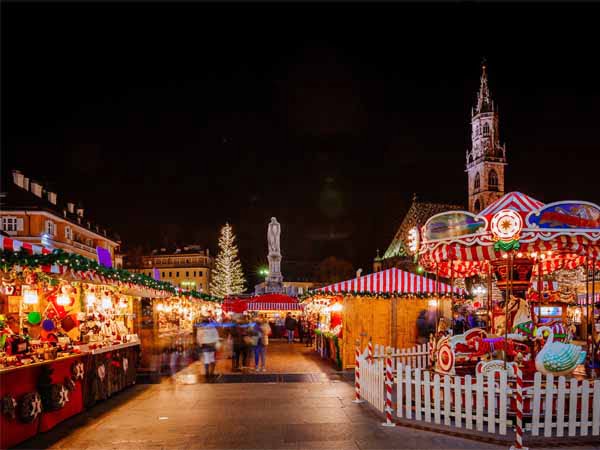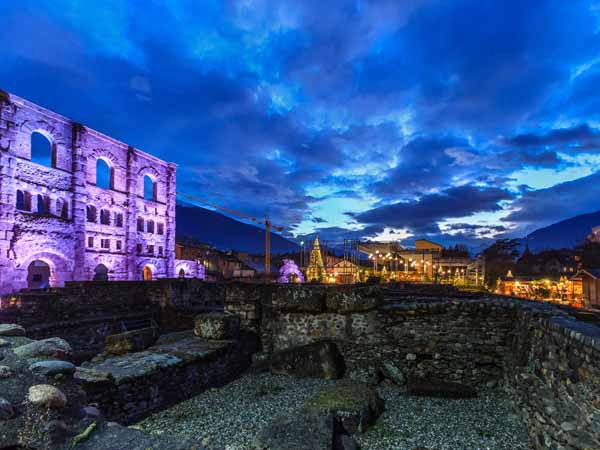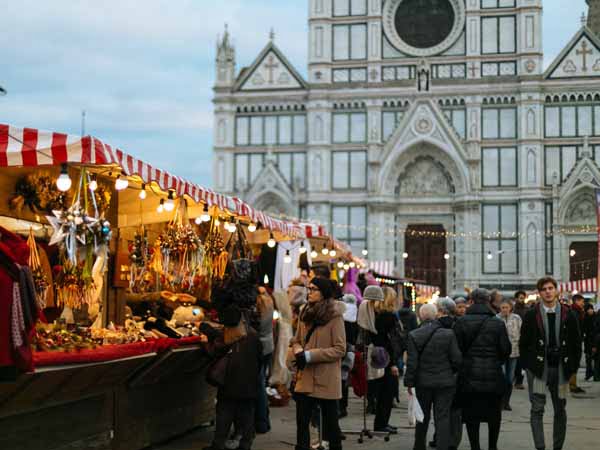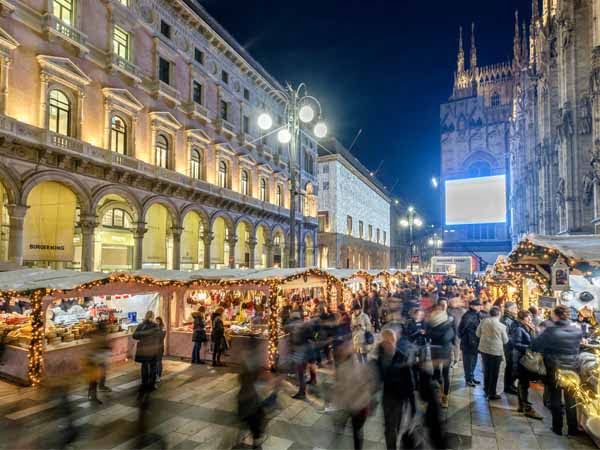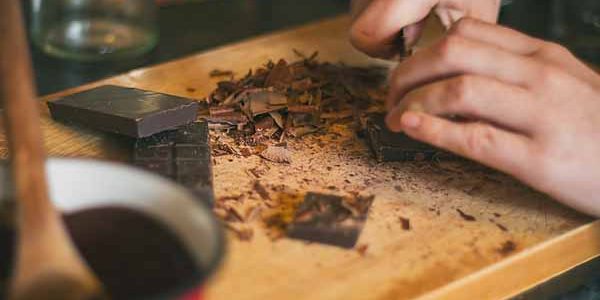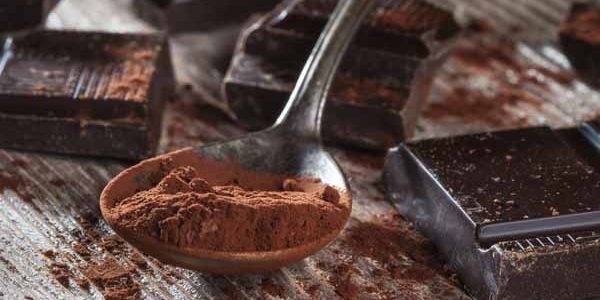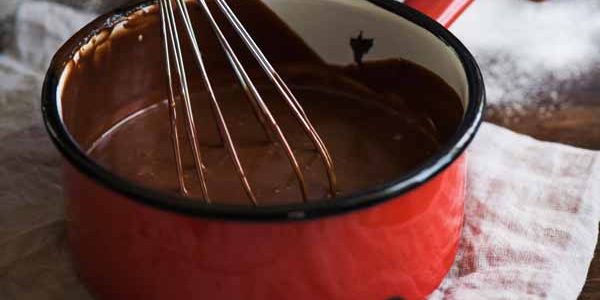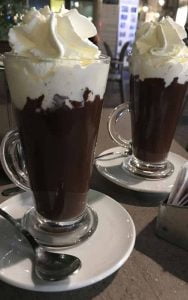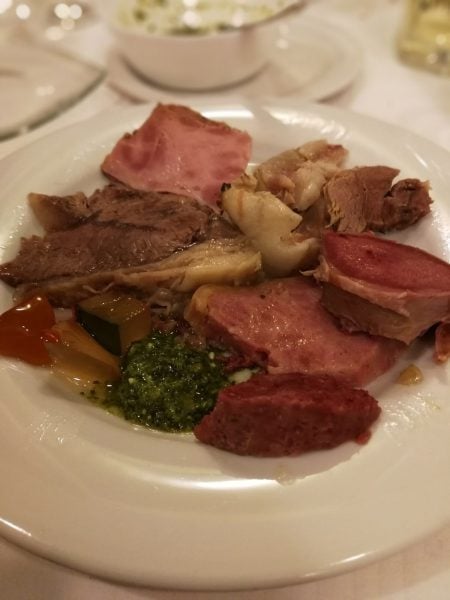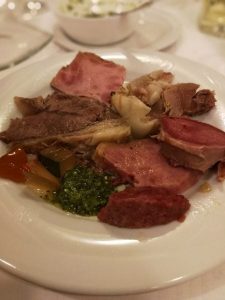A Glimpse Back in Time: Neapolitan Nativity Scenes
When asked to picture a nativity scene, what do you see? Most of us will conjure images of a humble manger with a few small statues: the Holy Family, the Magi, farm animals, and perhaps some shepherds. Generally speaking, these reverent representations of the Birth of Christ can be characterized as traditional with little variation. However, this does not apply to the nativity scenes in Naples, where over-the-top depictions and elaborate designs have flourished for centuries handcrafted by local artisans following methods that have been passed down for generations.
The birthplace of nativity scenes
Though the exact origins of Naples’ nativity scenes are unknown, historical evidence points to this craft being practiced in the city as early as 1025, approximately 2 centuries prior to St. Francis of Assisi’s first live nativity scene. Local artisans began crafting nativity scene statues as a proper art form during the 15th century and this is also when the first versions of nativity scenes set in rocky caves were created.
As the 17th century unfolded, the statues expanded from traditional sacred figures to a vast array of profane characters typically present on Naples’ streets and squares. The nativity scenes became a snapshot of daily life in Naples representing an entire city with tavern keepers, vendors, and cobblers interspersed among beggars, dwarves, and hunchbacked women. Frequently present were local outdoor markets outfitted with stands featuring butchers, vegetable vendors, fishmongers, bakers, and more.
Without a doubt, the golden age of Neapolitan nativity scenes peaked during the 1700s when the craft expanded from churches to the homes of aristocrats and the royal court of Charles of Bourbon. Small, yet intricate scenes blossomed into vast landscapes incorporating countless religious elements.
The nativity scenes created for the royal court featured statues posed on large rocks or cliffs made out of cork. Just one nativity scene could illustrate multiple events such as the journey of the Magi and the announcement of Christ’s birth to the shepherds with angels suspended in the air. The scenes became so intricate that at the Royal Palace of Caserta the ceiling of a room that once held a nativity scene was painted to look like the night sky.
Eventually, the tradition of the elaborate nativity scene as it was known in the royal courts faded over the course of the 19th and 20th centuries. Yet, still to this day, each Christmas the city of Naples gleams with grand nativity scenes composed in churches. Locals also create miniature versions in their own homes, typically with statues procured from the historic workshops of Via San Gregorio Armeno.
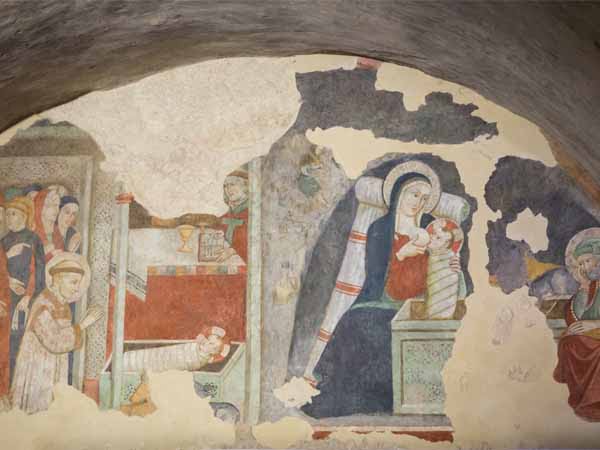
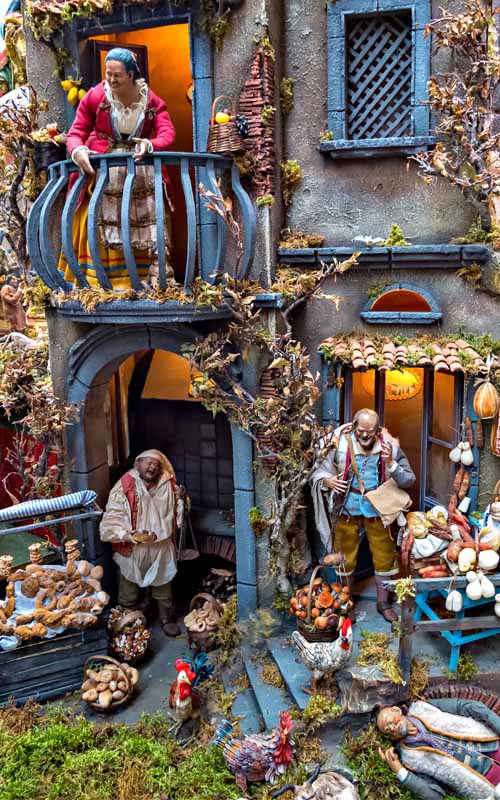
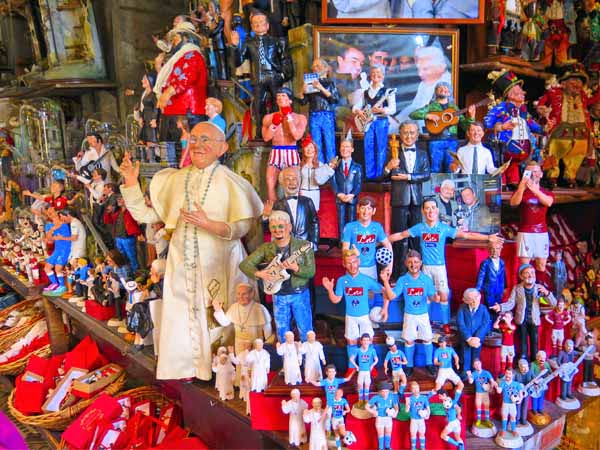
Strolling through Via San Gregorio Armeno
Known as the “Street of Nativity Scenes”, Via San Gregorio Armeno is considered the hub of nativity scene workshops. The local artisans create statues with an eclectic mix of traditional characters and modern personalities (such as celebrities that may have become popular during the year, both for positive and negative reasons).
The street itself is ancient with Greek origins. At one point, there was a temple dedicated to the goddess Ceres where locals would place votive offerings in the form of terracotta statues produced in nearby workshops. Some believe that this history could be tied to the eventual development of the nativity workshops along Via San Gregorio Armeno.
Walking through this remarkable street in Naples’ historic city center, travelers will be amazed at the number of workshops filled with never-ending rows of pastori (meaning shepherds, which is the local term used to refer to the statues) all made by hand. Even more amazing are the natural backgrounds depicted in these scenes which can include running water and windmills powered by electricity. To learn even more about this tradition, some shops feature small exhibits of their work or offer demonstrations which provide remarkable insight into the process of composing a traditional nativity scene.
Christmas festivities
The workshops are open year-round for locals and travelers to peer into this fascinating world, however Via San Gregorio truly comes alive during the Christmas Period. Towards the end of November, shopkeepers prepare displays showcasing the season’s offerings plus a few “special editions” tied to that particular year.
On December 8, the Feast of the Immaculate Conception, Neapolitans set up their own nativity scenes at home with an assortment of statues and decorations. Great care is taken to properly set the scene with lights, starry backdrops, grass, and rocks. The final touch occurs after midnight on Christmas Eve when Baby Jesus is traditionally placed in the crib.
The celebrations wind down around the Epiphany, as Neapolitans take down their nativity scenes and the artisans begin preparing for the following year.
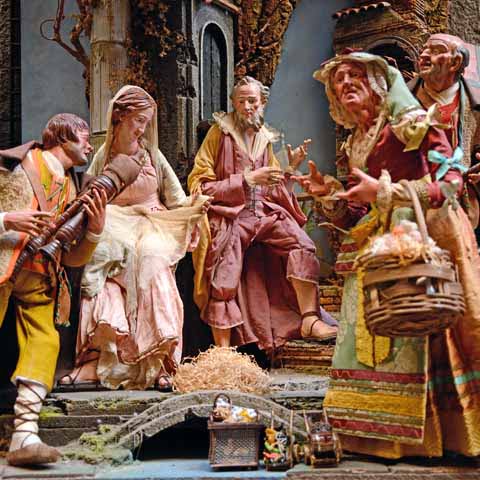
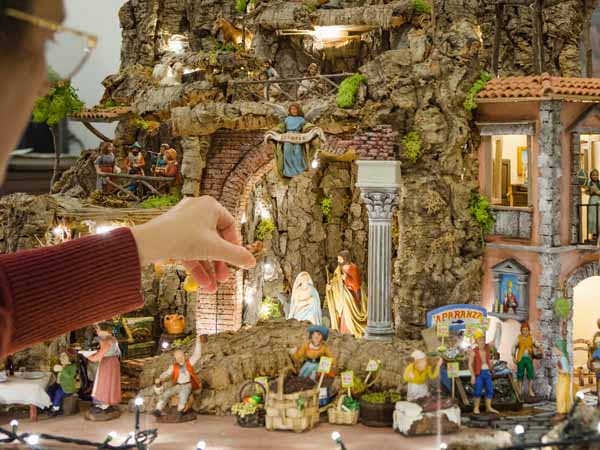
Traditional symbolism
There is a great deal of symbolism tied to the specific statues and even to the scenery present in Naples’ historic nativity scenes. A few fascinating examples include:
- Benino: a sleeping shepherd. According to tradition, the nativity scene forms in Benino’s dreams, and if you were to “wake him up” the nativity scene would disappear.
- The street vendors: each of the vendors in the street market is associated with a month of the year. For instance, the butcher represents January and the tomato seller represents July.
- The prostitute: meant to contrast the Virgin Mary, the prostitute also represents sinners who seek spiritual redemption. This figure is placed near the inn with her back to the rest of the scene.
- The bridge: represents a passage between the world of the living and that of the dead.
- Ruins of Greek and/or Roman architecture: meant to convey the triumph of Christianity over paganism
Making a modern nativity scene
Though the grand displays that once flourished in the royal court of Naples are no longer the norm, the nativity scene tradition remains tied to Neapolitan culture. The craft continues to evolve with young artists who offer new interpretations on classic themes. Some local artists have created miniature nativity scenes in unexpected places such as inside lightbulbs and on the head of a pin. Combining the nativity scene with Naples’ other great love, there is even a local pizzeria that makes a nativity scene out of pizza each year.
In the modern era, nativity scene artisans have let their creativity shine by designing statues that reflect the “characters” of their age from politicians to movie stars and soccer players. This year, artisans have kept busy making statues dedicated to the heroes of 2020: doctors and nurses battling the COVID-19 Pandemic.
Have you thought about making your own nativity scene? What figures or symbols would best represent your city? It does not need to be elaborate; with a cardboard box, a few statues, and handmade decorations you’ll be well on your way!
For Naples, the historic nativity scenes that flourished in the 18th century went beyond religion to become a representation of a people and their culture. Today this tradition persists giving curious travelers a glimpse into the city’s past and a better understanding of a culture filled with contradictions. If you would like to dive further into Naples’ chaotic beauty click here.



